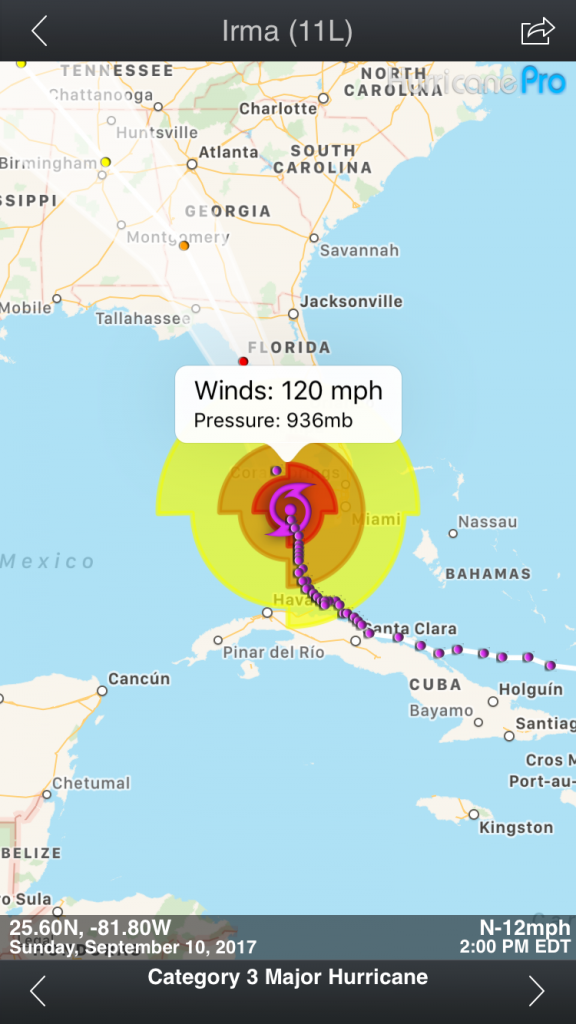How hurricanes form

By Ginger Zee
September 6, 2017; 5:05 AM
Hurricane Irma, a Category 5 blasting through the Caribbean this week, and Hurricane Harvey, a devastating storm that tore through southeast Texas less than two weeks ago, both began as a group of thunderstorms moving west off the west coast of Africa — which is how some of the most destructive hurricanes that make landfall in the U.S. start.
Here is how those dangerous storms form:
That group of thunderstorms feeds off the warmth and moisture of the ocean. Air then rises to form more storms and is replaced constantly by the surrounding air. Below all this air rising, low pressure develops.
Riding along the trade winds and rotating counterclockwise — as a result of the earth’s rotation — the storm will keep growing as long as it has three key ingredients:
The eye of the hurricane forms as air rotates up and out of the hurricane and some of the air that’s being spun out of the top of the storm sinks back into the center. This keeps the eye of the storm relatively calm and clear.
Immediately surrounding the tranquil eye is the most violent part of the hurricane: the eye wall. The most intense wind speeds at the surface are found there. The most destruction in a hurricane usually comes from the eye wall and the right (front) quadrant.
The combination of high wind speeds inside the storm, the storm’s forward motion and the storm surge can lead to a disastrous hurricane.
To see the video, click here!

Leave a Reply